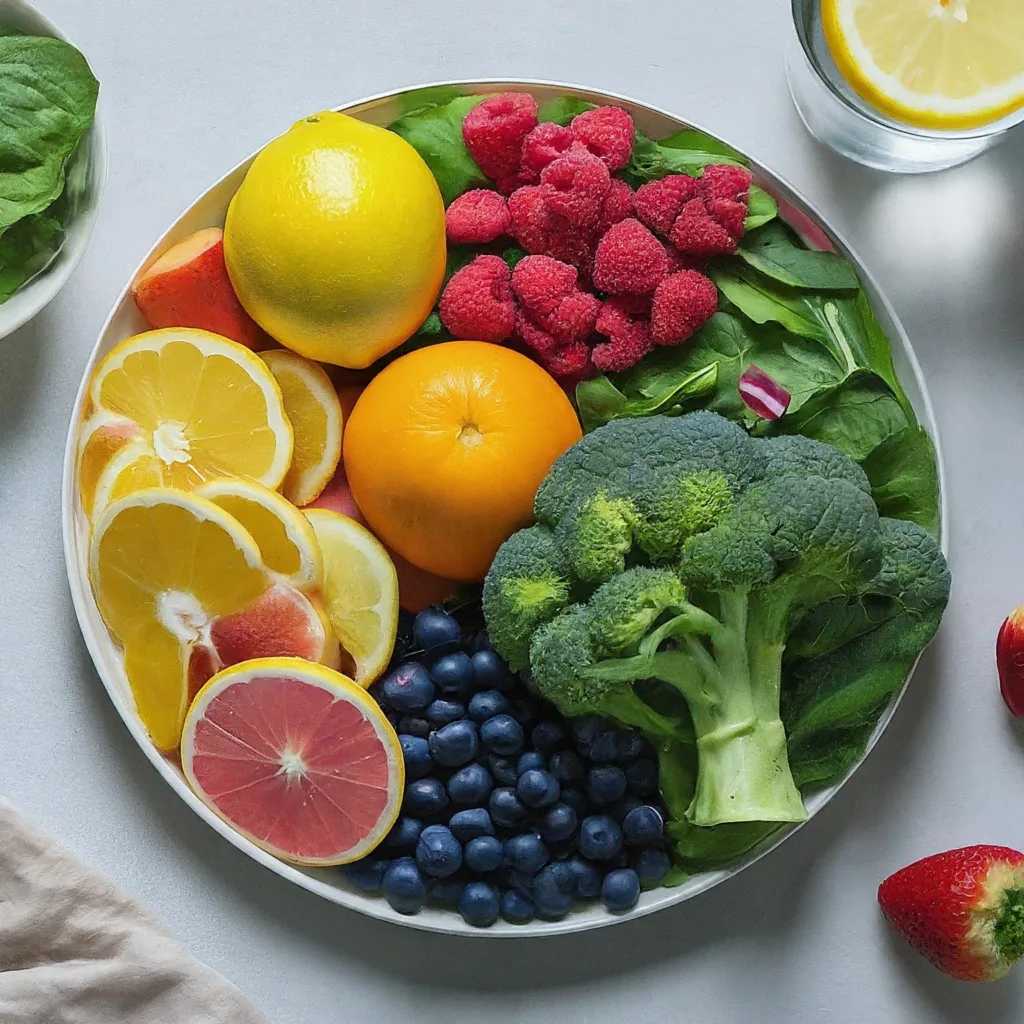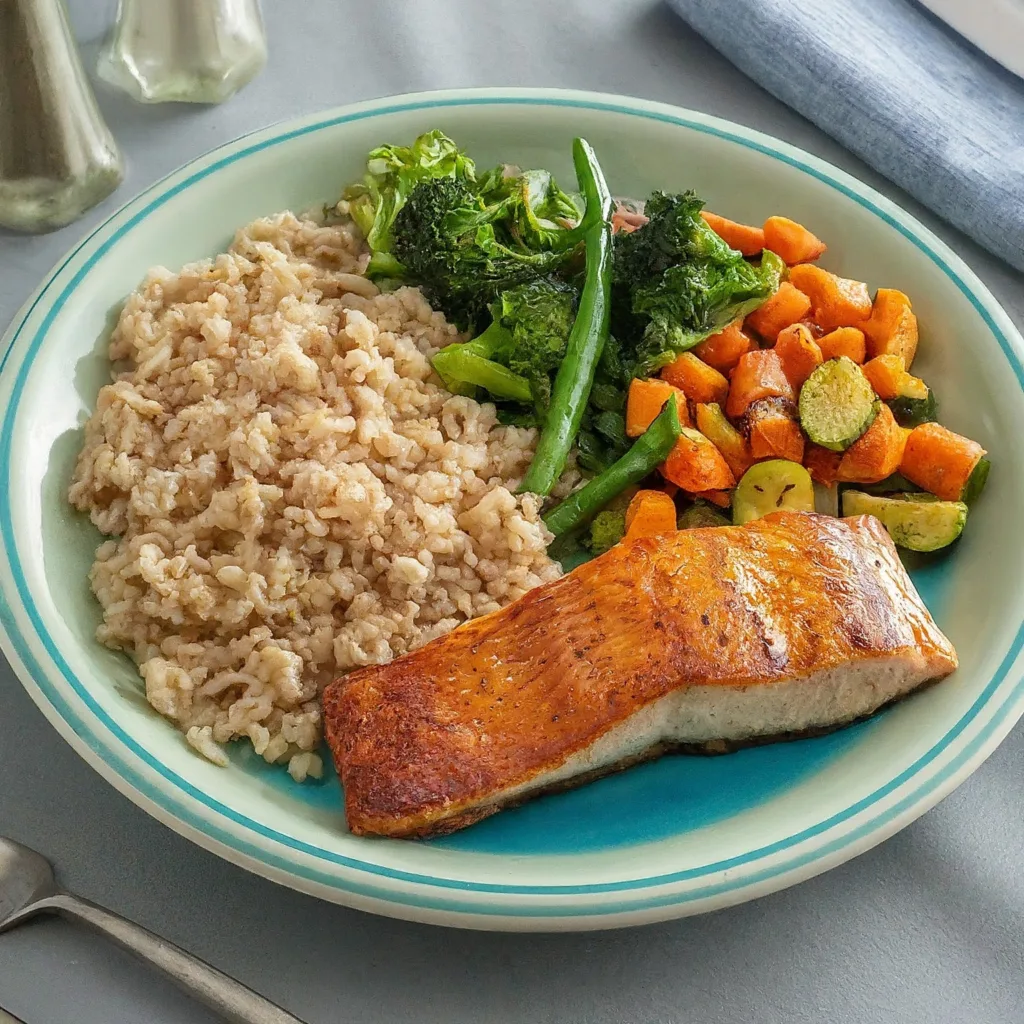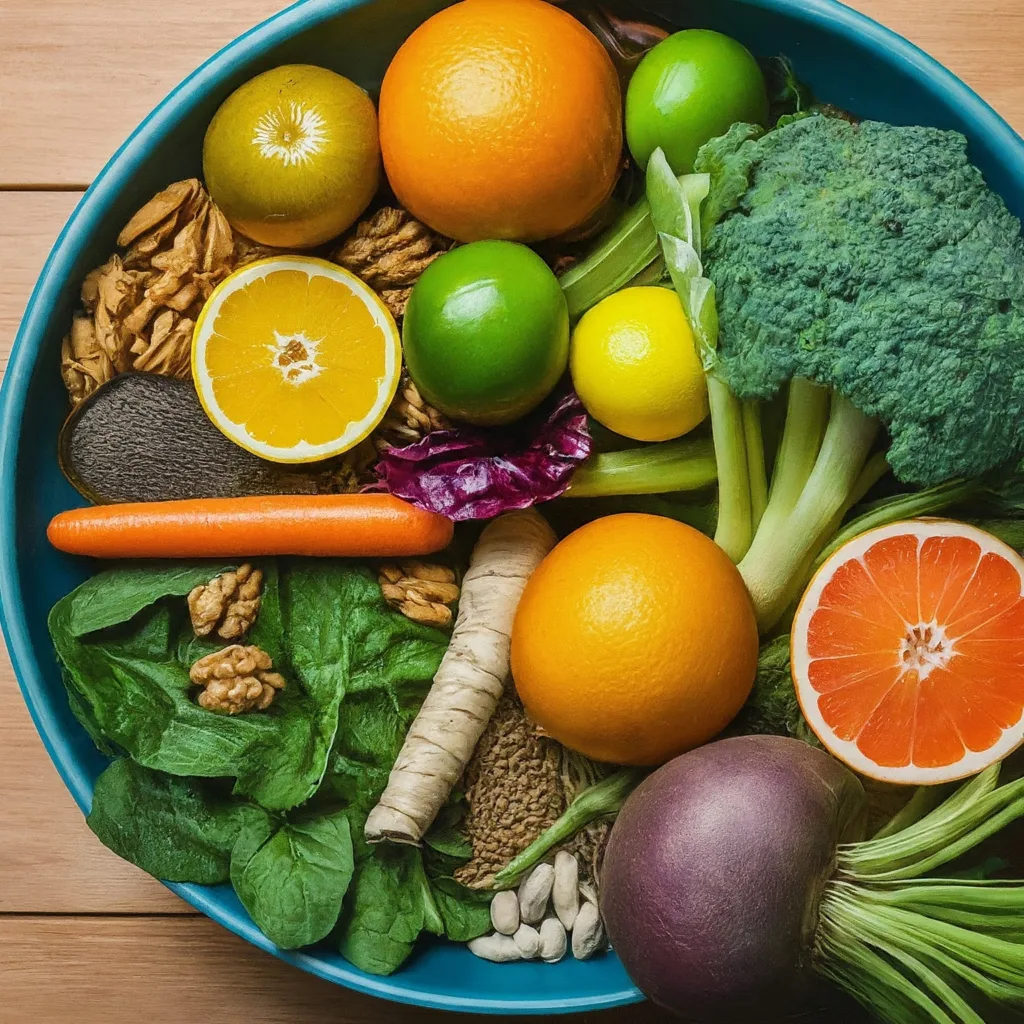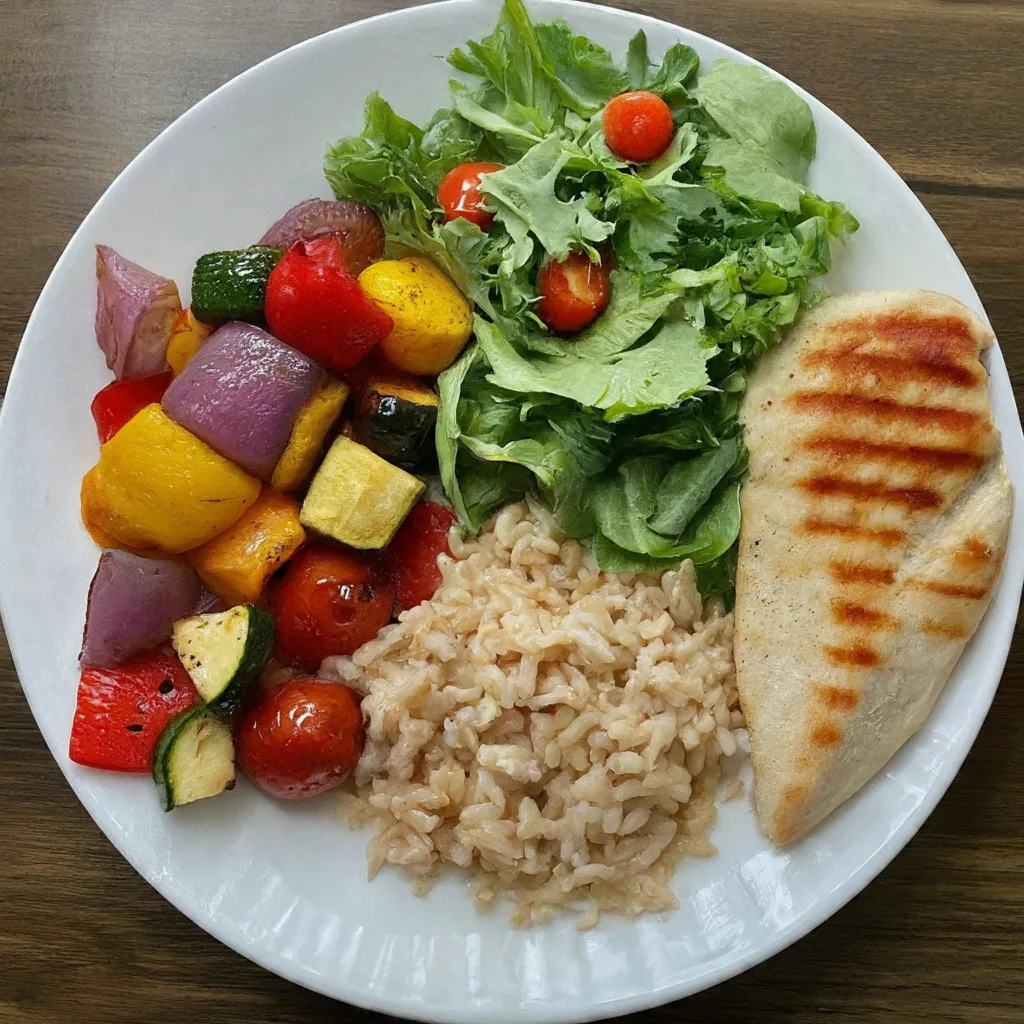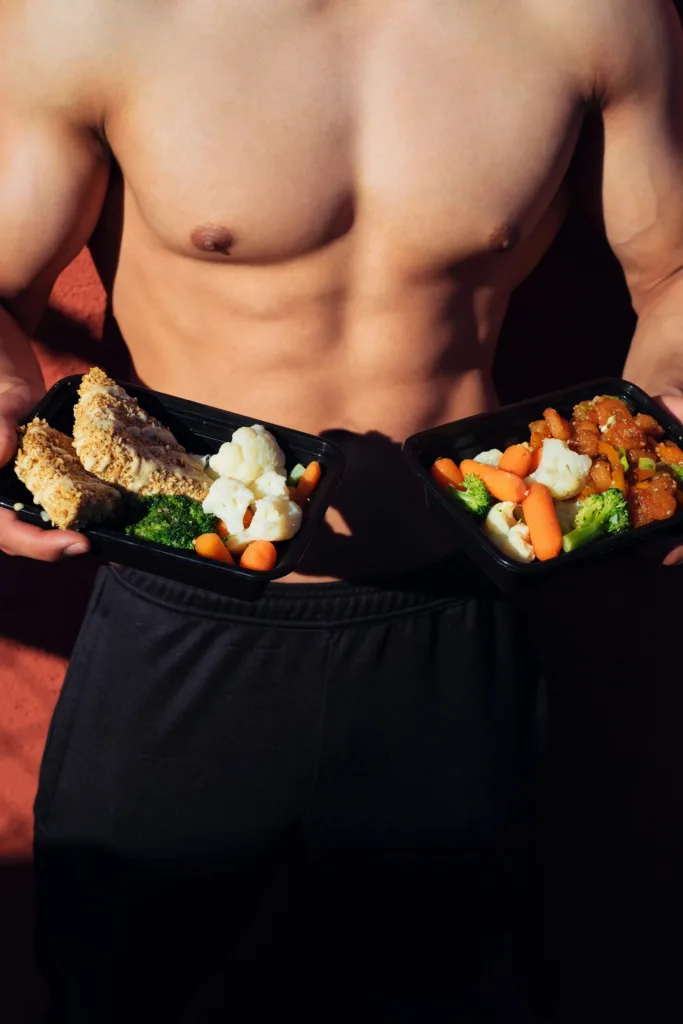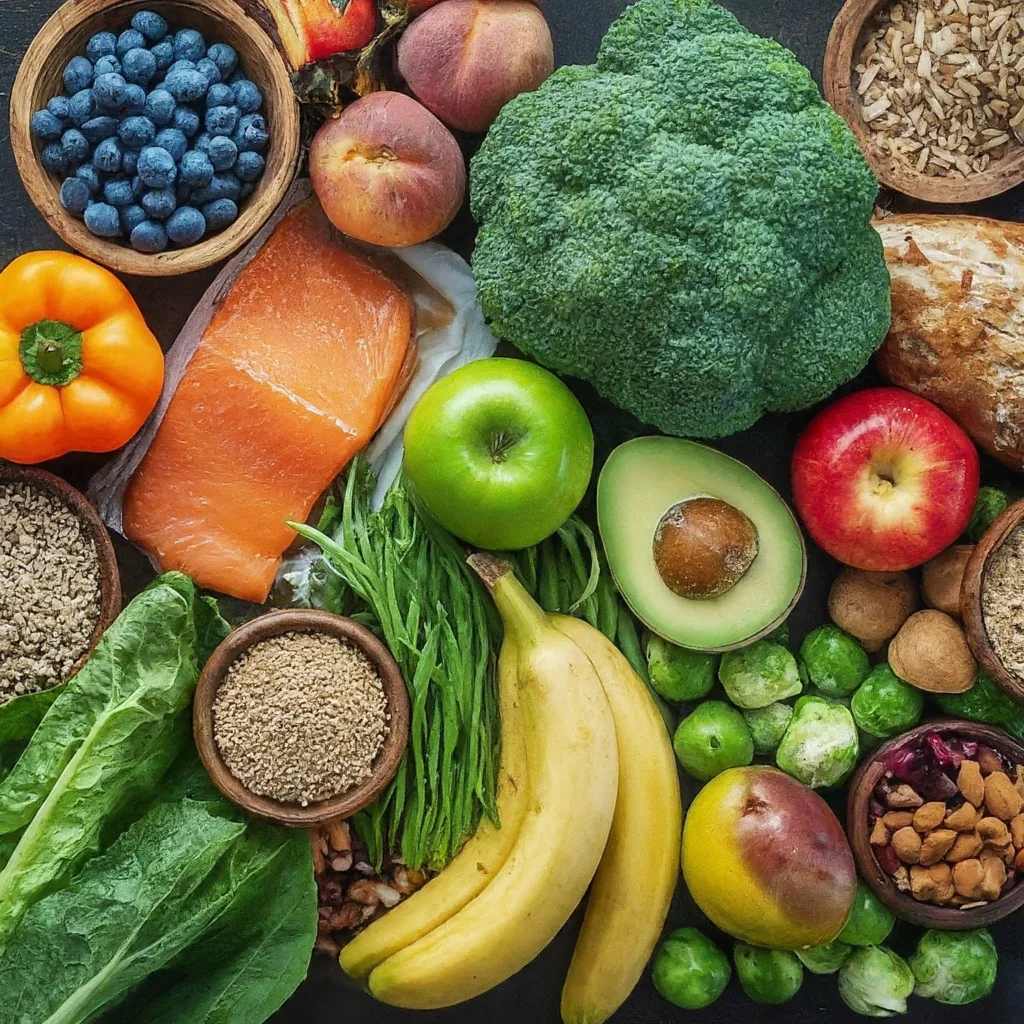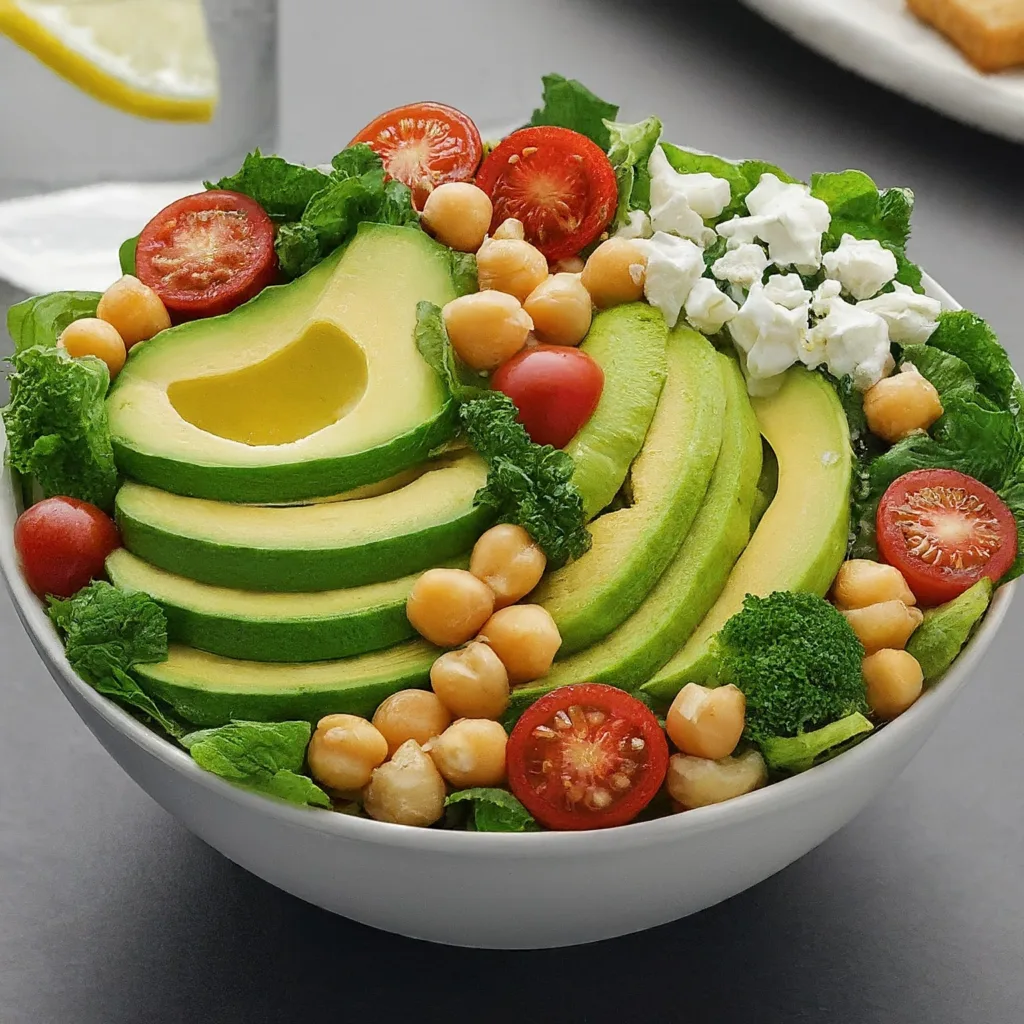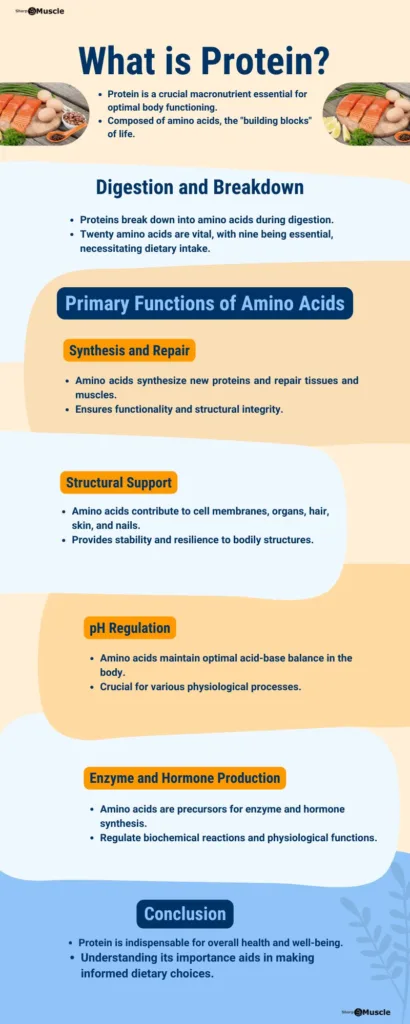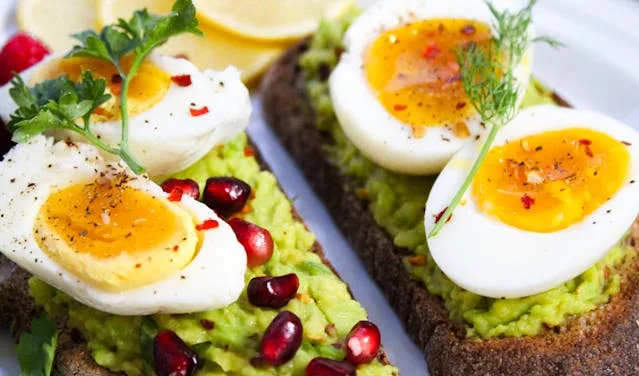In this article, I’ll feature my favorite healthy and cheap carb sources food that you can buy without maxing out your credit/debit cards, and it can be easy to add in the diet.
Processed junk foods are forms of carbohydrates, which, as you know, can pose serious health risks if consumed regularly for too long. 1
On the other hand, regular intake of nutritious carbohydrates is associated with a lower risk of chronic disease. 2
6 Healthy and cheap carb sources
Here are my favorite sources of cheap, healthy carbs that are readily available:
1. Oats
One cup of dry steel cut oats contains 50 grams of carbs, 10 grams of protein and 6 grams of fat.
Oats are among the healthiest grains on earth. They are a gluten-free whole grain and a great source of important vitamins, minerals, fiber, and antioxidants.
You can buy it in bulk for about $1 per pound, and it’s a great source of medium-GI carbohydrates and dietary fiber. Research has also demonstrated that oats can reduce levels of LDL (“bad”) cholesterol. 3
Due to the soluble fiber beta-glucan, oats may improve insulin sensitivity and help lower blood sugar levels. 4
“Oatmeal in a bowl” is a staple in many bodybuilders’ diets, but you can also substitute oats mixed in for flour when baking or use as breadcrumbs or breading to season chicken dishes.
2. Black Beans
Black beans are an excellent source of carbohydrates as well as protein, potassium, iron, phosphorus, calcium, folic acid and fiber. Black beans contribute to all of these in building and maintaining strength and bone structure.5
Due to its fiber content, black beans help prevent constipation and promote regularity for a healthy digestive system. It also provides fuel for healthy bacteria in the colon.
Selenium is a mineral that plays a role in liver enzyme function and helps remove certain cancer-causing compounds in the body.6 It can block inflammation and reduce the rate of tumor growth.
The fiber, potassium, folate, vitamin B6, and phytonutrient content of black beans, combined with their lack of cholesterol, all support heart health. This fiber helps in reducing the total amount of cholesterol in the blood and reducing the risk of heart disease.
A cup of these beans has about 40 grams of carbs, 15 grams of protein, and 1 gram of fat, and you can buy them for less than about $1 per can or in bulk (dry).
Boil them, and they make a great side to any protein dish, but they’re also perfect for making soups and dips.
3. Brown Rice
Like oatmeal, brown rice is a great food for the fitness-minded, and for good reason.
You can get it cheap – about $2 per pound – and one cup provides about 45 grams of carbs, 5 grams of protein and 2 grams of fat. Brown rice contains about four times the fiber of white rice, as well as more vitamins, minerals, and other beneficial micronutrients.
Brown rice is highly nutritious, providing the body with a wide range of vitamins, minerals, and antioxidants.
They are packed with fiber, lignans and magnesium, all of which have been shown to have beneficial effects on heart health and heart disease risk. 7
They do not contain gluten and are a safe and healthy option for those following a gluten-free diet.8
4. Quinoa
It may be hard to pronounce (curious-wow), but it’s easy to prepare, insanely delicious, cheap (about $4 per box), and packed with healthy protein and carbs.
One cup of dry kernels contains 110 grams of carbs, 24 grams of protein and 10 grams of fat and can be prepared in the same way as brown rice.
Compared to other common grains in the gluten-free diet, quinoa is a good source of antioxidants. Most gluten-free products contain corn, rice, or potato flour. These typically provide fewer nutrients than products that use quinoa, such as quinoa flour. 9
Quinoa provides vitamin E, is an antioxidant compound that may help reduce the risk of coronary heart disease, some cancers and several eye disorders.10
5. Fruit
You can’t go wrong with fruit. My favorite choices are grapefruit, apples, bananas and oranges, which are loaded with a variety of antioxidants, vitamins, minerals and fiber, and which cost between $0.60 and $1.50 per pound.
If you’re concerned that the fructose in fruit may be bad for your health, however, you can rest assured. You would have to eat an absolutely ridiculous amount of fruit every day to ever have a problem.
According to a meta-analysis of clinical trials evaluating fructose intake, 25 to 40 grams of fructose per day has no negative effect on our health. 11
That’s 3 to 6 bananas, 6 to 10 cups (2.37 l) of strawberries, 10 to 15 cherries, or 2 to 3 apples per day. Or, as the old advice goes, some fruit every day.
Issues with fructose intake are only seen in people who regularly consume large amounts of refined sugars, such as HFCS or sucrose.
For example, a 20-ounce bottle of soda sweetened with HFCS contains about 35 grams of fructose. One gram of sucrose is about half glucose, half fructose, so if you eat a dessert with 50 grams of sugar, you’re getting about 25 grams of fructose. Even agave nectar, which is considered healthy by many due to its low glycemic properties, can be as high as 90 percent fructose. Other less processed forms can be as low as 55 percent.
The bottom line is that you can avoid all the health complications associated with fructose consumption by limiting your intake of foods with added sugars; Like agave, sucrose, honey, maple syrup, raw sugar, molasses, brown sugar, HFCS, turbinado sugar, and so on.
6. Sweet Potato (Ipomoea batatas)
When you want something sweet and nutritious, sweet potatoes hit the spot.
They’re delicious when prepared well (salt, cinnamon, pumpkin spice, and a little butter are my jam), and they’re in the middle of the glycemic index and loaded with vitamin A and other micronutrients.
Sweet potatoes are primarily made up of carbs. Most of the carbs come from starch, followed by fiber. They are an excellent source of beta-carotene, vitamin C, potassium, manganese, vitamin B6, vitamin B5 and vitamin E.
Sweet potatoes may have a variety of benefits, including improving blood sugar regulation and reducing oxidative damage.
One cup of mashed sweet potatoes provides you with about 60 grams of carbs, 4 grams of protein and less than 1 gram of fat. And at a modest cost of about $1 per pound, you can’t beat sweet potatoes from your meal plan.12
- Ludwig DS, Majzoub JA, Al-Zahrani A, Dallal GE, Blanco I, Roberts SB. High glycemic index foods, overeating, and obesity. Pediatrics. 1999 Mar;103(3):E26. doi: 10.1542/peds.103.3.e26. PMID: 10049982.[↩]
- Barclay AW, Petocz P, McMillan-Price J, Flood VM, Prvan T, Mitchell P, Brand-Miller JC. Glycemic index, glycemic load, and chronic disease risk–a meta-analysis of observational studies. Am J Clin Nutr. 2008 Mar;87(3):627-37. doi: 10.1093/ajcn/87.3.627. PMID: 18326601.[↩]
- Wolever TM, Tosh SM, Gibbs AL, Brand-Miller J, Duncan AM, Hart V, Lamarche B, Thomson BA, Duss R, Wood PJ. Physicochemical properties of oat β-glucan influence its ability to reduce serum LDL cholesterol in humans: a randomized clinical trial. Am J Clin Nutr. 2010 Oct;92(4):723-32. doi: 10.3945/ajcn.2010.29174. Epub 2010 Jul 21. PMID: 20660224.[↩]
- Junki Miyamoto, Keita Watanabe, Satsuki Taira, Mayu Kasubuchi, Xuan Li, Junichiro Irie, Hiroshi Itoh, Ikuo Kimura. “Barley β-glucan improves metabolic condition via short-chain fatty acids produced by gut microbial fermentation in high fat diet fed mice”, doi: 10.1371/journal.pone.0196579.[↩]
- James H O’Keefe, Nathaniel Bergman, Pedro Carrera-Bastos, Maélan Fontes-Villalba, James J DiNicolantonio, and Loren Cordain. “Nutritional strategies for skeletal and cardiovascular health: hard bones, soft arteries, rather than vice versa”. Open Heart. 2016; 3(1): e000325. doi: 10.1136/openhrt-2015-000325. PMCID: PMC4809188. PMID: 27042317.[↩]
- Jing Hu, WenYen Juan, and Nadine R. Sahyoun. “Intake and Biomarkers of Folate and Risk of Cancer Morbidity in Older Adults, NHANES 1999-2002 with Medicare Linkage”.PLoS One. 2016; 11(2): e0148697. doi: 10.1371/journal.pone.0148697. PMCID: PMC4749334. PMID: 26862893.[↩]
- Xuexian Fang, Kai Wang, Dan Han, Xuyan He, Jiayu Wei, Lu Zhao, Mustapha Umar Imam, Zhiguang Ping, Yusheng Li, Yuming Xu, Junxia Min, and Fudi Wang. “Dietary magnesium intake and the risk of cardiovascular disease, type 2 diabetes, and all-cause mortality: a dose–response meta-analysis of prospective cohort studies”. BMC Med. 2016; 14: 210. doi: 10.1186/s12916-016-0742-z. PMCID: PMC5143460. PMID: 27927203.[↩]
- Sategna-Guidetti C, Bruno M, Mazza E, Carlino A, Predebon S, Tagliabue M, Brossa C. Autoimmune thyroid diseases and coeliac disease. Eur J Gastroenterol Hepatol. 1998 Nov;10(11):927-31. doi: 10.1097/00042737-199811000-00005. PMID: 9872614.[↩]
- Serena Niro, Annacristina D’Agostino, Alessandra Fratianni, Luciano Cinquanta, and Gianfranco Panfili. “Gluten-Free Alternative Grains: Nutritional Evaluation and Bioactive Compounds”. Foods. 2019 Jun; 8(6): 208. doi: 10.3390/foods8060208. PMCID: PMC6617389. PMID: 31212866[↩]
- https://ods.od.nih.gov/factsheets/VitaminE-HealthProfessional/#h6[↩]
- Sánchez-Lozada LG, Le M, Segal M, Johnson RJ. How safe is fructose for persons with or without diabetes? Am J Clin Nutr. 2008 Nov;88(5):1189-90. doi: 10.3945/ajcn.2008.26812. PMID: 18996851.[↩]
- Source: Bigger Leaner Stronger: The Simple Science of Building the Ultimate Male Body. By Michael Matthews. Available here: https://amzn.to/3S7dyYD[↩]


